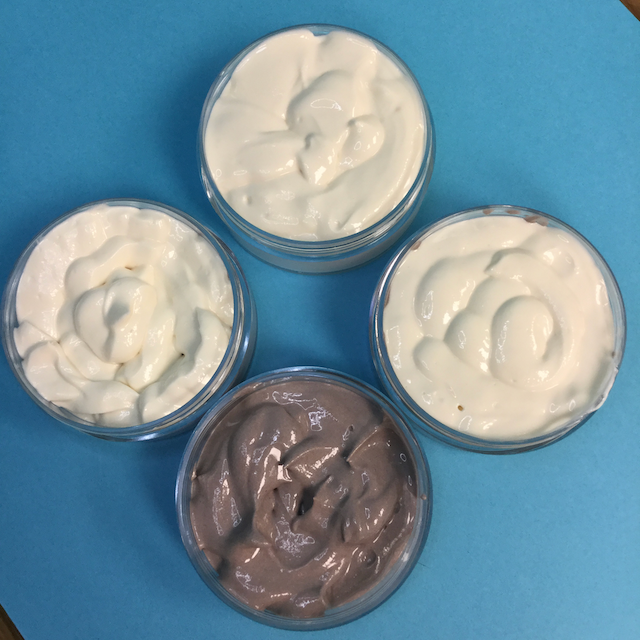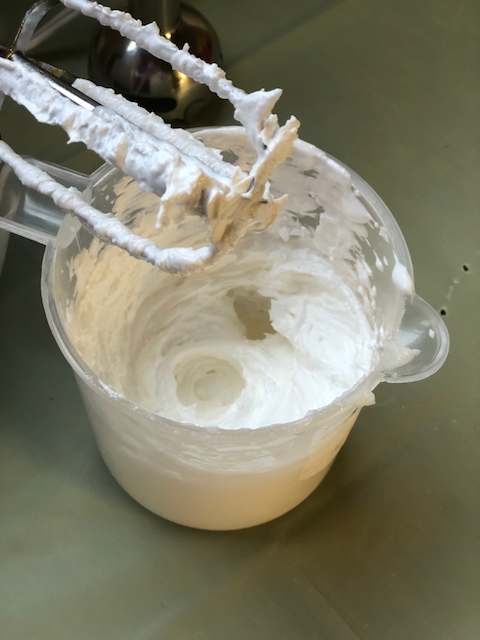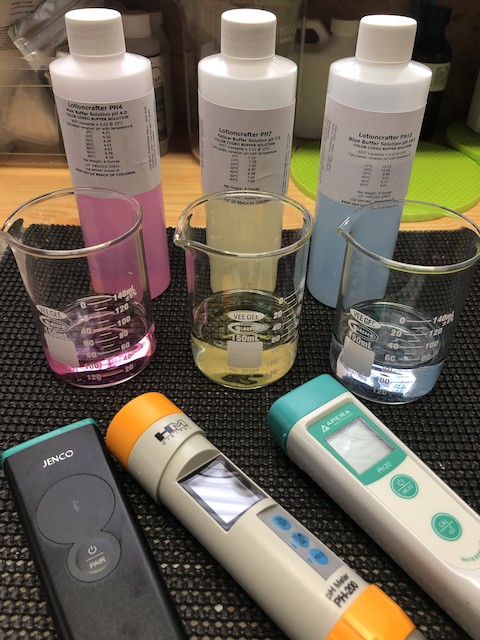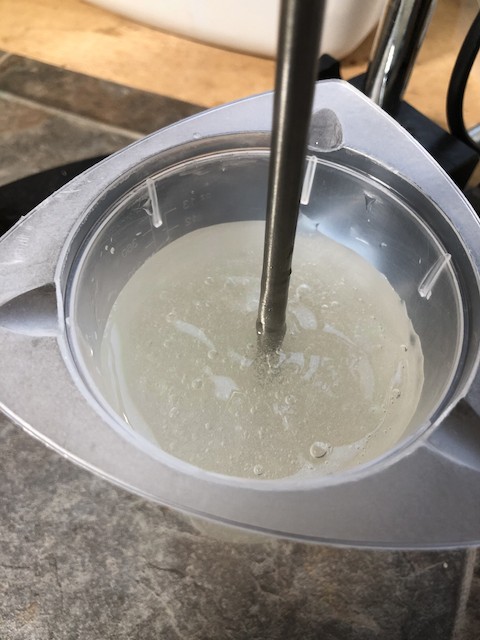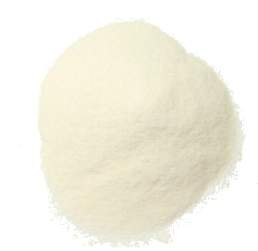Let’s make a pumpkin spice themed anhydrous butter!
Let’s make a version of a whipped anhydrous body butter you can pumpkin spice up with a variety of different ingredients! We’ll start with a basic formula with three variations with instructions, then we can look at how we might alter it to meet our theme! The formula! Weigh the oils and butter in a...

